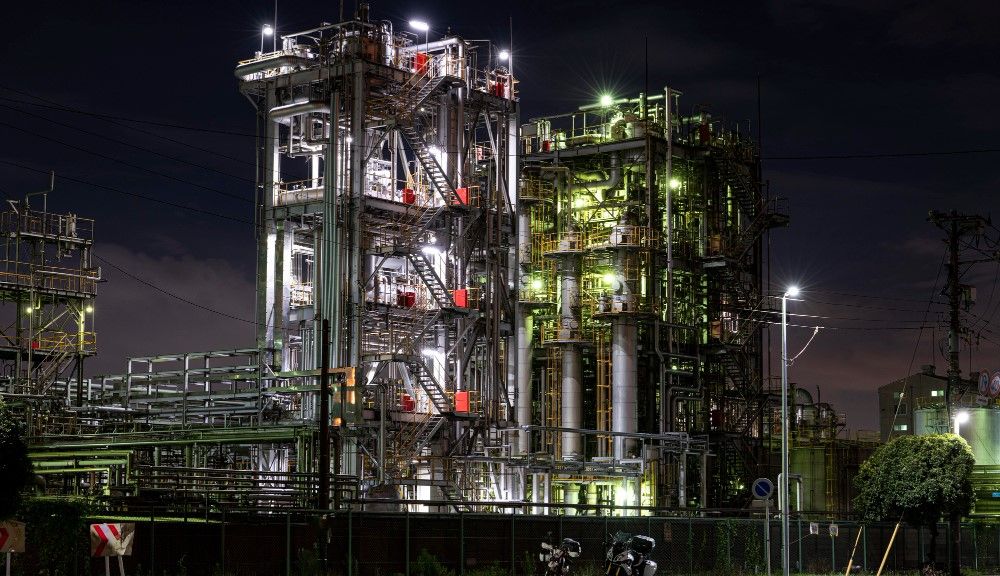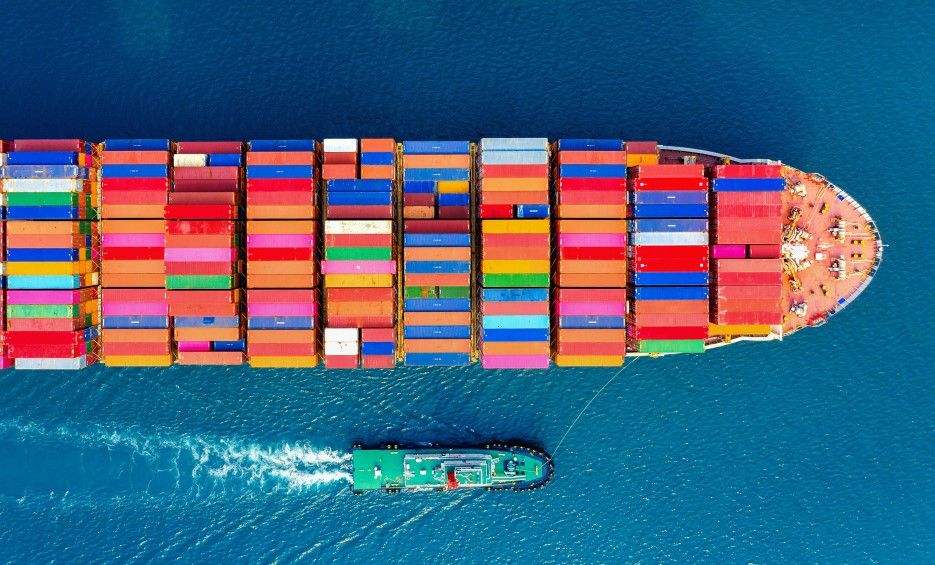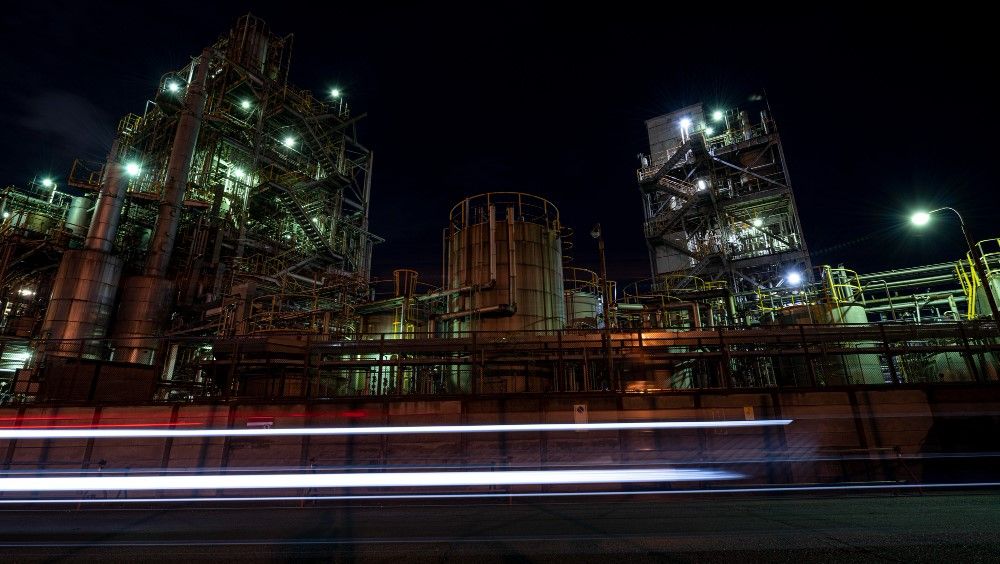From pharmaceuticals to plastics, and from packaging to paints, demand for chemical products has been growing and will continue to grow over the next two decades and beyond.
This is not just a result of a growing global population, but also the effect of growing global wealth. Over the coming twenty years, billions of people are predicted to join the middle class and will demand the products that developed nations have enjoyed for so long. The chemical industry plays a role in the manufacture of all of those products.
Fuelled by this economic support over the next twenty years, the industry is expected to undergo significant transformations driven by technological advancements, sustainability goals, and changing market dynamics.

Raw Materials and Feedstocks
In the future, the chemical industry will increasingly rely on renewable sources for raw materials and feedstocks. Biomass, such as agricultural residues and algae, will become key sources of carbon for chemical production.
As Dr Sankar Raju Narayanasamy, from the Lawrence Livermore National Laboratory, reports, “The inherent value of biowaste plays a crucial role in promoting a circular bioeconomy by efficiently utilizing organic waste to create valuable products or energy, minimizing environmental impact.”
However, much work still needs to be done to find the optimal chemical processes to convert organic carbon waste into chemical products comparable with their fossil fuel-based counterparts. While new catalysts are being discovered every year, none has yet persuaded the major chemical companies to completely abandon their gas and oil feedstocks.

“The emerging biomanufacturing industry is developing new catalysts to make compounds that will replace fossil fuels,” explains Tina Jeoh, a professor of biological and agricultural engineering at UC Davis. “Most of these are based in fermentation technology and there’s still this question of ‘Where does the sugar come from?’ How are enzymes interacting at the surface of the plant residues to efficiently break bonds to release sugars?”
Additionally, advances in recycling technologies will enable the industry to extract valuable materials from waste streams, reducing the reliance on virgin resources.
Despite the pressing issue of plastic waste, currently only a small fraction of the 400 million tonnes of polymers produced each year is recycled. Instead, most plastic is burnt for fuel or put into landfill, especially in less developed parts of the world.
Even in more environmentally conscious Europe, the rate of plastic recycling is currently nowhere near making a closed-loop chemical industry. Looking ahead, using advanced material flow analysis, a study conducted by the European Commission and the Università degli Studi di Siena, found that, “the most optimistic scenario the end-of-life recycling rate for 2030 is 73–80% (sum of plastic-to-plastic and plastic-to-chemical rates, excluding plastic-to-fuel rate), in which 41–46% is plastic-to-plastic from Mechanical Recycling, 15–38% is plastic-to-plastic from Chemical Recycling and 19–35% is plastic-to-chemicals.” Adding that, “The plastic-to-fuel rate is estimated to be 3–6%.”

While a near 80% recycling rate should be applauded, this (most optimistic forecast) expects much greater investment in collection and separation and does not include what the study calls ‘missing plastics’, that is “plastic waste generated but currently not accounted for in statistics.”
Peering even further into the future, it is expected that the cost of sustainable feedstocks will become more competitive. For while they may currently be higher than traditional fossil-based sources, as technology advances and economies of scale are achieved prices should start to fall, leading to non-fossil fuel feedstocks becoming the predominant raw material for the chemical industry.
Changing Markets
Emerging markets in China will play a significant role in shaping the future landscape of the chemical industry.
Especially if history is to be observed. As a 2023 report on the Chinese Economy notes, “From 2007 to 2017, the Chinese chemical industry increased its sales by an average of 10.7% per year from €280bn to €1,290bn, corresponding to 83% of global growth of chemical sales in these ten years. Due to its absolute size at around $1.75 trillion, the sector in China is currently growing annually by about the size of the entire Spanish or Brazilian chemical industry.”

India is a further area of expected expansion as growth in domestic markets and low labour costs will spur significant chemical industry expansion.
One McKinsey and Sons report states that, “India's chemical manufacturing will triple its global market share by 2040.” Adding that, “India's trade deficit is expected to increase to $42 billion by 2040. The noticeable segment of chemicals that helps India widen its exports might be specialty chemicals, whose net exports will surge by 10X from $2 billion in 2021 to $21 billion by 2040.”
Technological Advances
Advancements in digitalization and automation will revolutionize industrial chemical processes. Smart factories equipped with sensors and data analytics will optimize production efficiency and reduce waste. Green chemistry principles will be integrated into manufacturing processes, leading to cleaner and more sustainable production methods. Additionally, the adoption of 3D printing technology will enable on-demand production of customized chemical products, while an increased use of nanomaterials will make raw materials more durable, lighter, and with desirable properties such as electroconductivity, crack resistance, and virus or UV protection.
Furthermore, the integration of artificial intelligence and machine learning will significantly optimize industrial chemical processes. These technologies will enhance efficiency, reduce waste, and allow for real-time monitoring and control. Predictive modelling and data analysis can enable precise adjustments and improvements in various stages of chemical production, leading to more effective resource utilization and higher product quality.
But perhaps the greatest changes to chemical industry technology will be through improved chemical processes.

Chemical Processes
The most notable transformation expected is an increased reliance on biological processes. Conventional chemical manufacturing often involves harsh conditions, hazardous materials, and a large consumption of fossil fuels as either feedstock or fuel. Utilizing biological systems will provide a more sustainable and environmentally friendly approach and will in the future likely be more cost effective.
One key area of development is the use of bacteria as chemical agents. Bacteria possess remarkable abilities to produce complex molecules and perform specific chemical reactions. Scientists are already exploring genetic engineering to modify bacteria and enhance their capabilities for industrial applications, such as sustainable methods for producing pharmaceuticals, fuels, and biodegradable chemical products and materials.
Chemical recycling is another aspect that will shape industrial processes in the future. Traditional recycling methods often result in downgrading or limited reuse of materials, but advances in chemical recycling aim to break down waste products into their basic chemical components. These components can then be used as raw materials for manufacturing new products, creating a more closed-loop economy.

The chemical industry is poised for significant transformation over the next twenty years. With a focus on sustainability, innovation, and technology, chemical companies will continue to play a vital role in driving economic growth and meeting the needs of a rapidly changing world.
All too often, the chemical industry is blamed for the errors of the modern world: pollution, climate change, and income inequality, alongside corruption and war over limited resources of oil and gas.
However, it is the chemical industry which has solved so many challenges in the past, such that today famine is rare, countless diseases are curable, most homes are well heated with clean water and electric light, and life expectancy and available leisure time has grown considerably.
Hopefully, over the next twenty years, the chemical industry will rise once again to solve the problems of today and make an even brighter future for our grandchildren.
Photo credit: Freepik, tawatchai07, Freepik, atlascompany, Freepik, Freepik, & Freepik